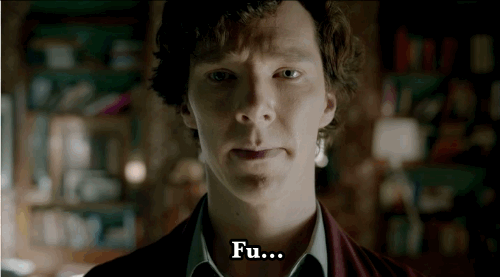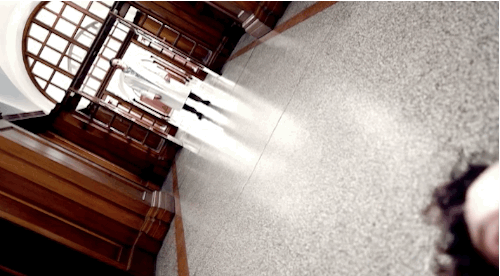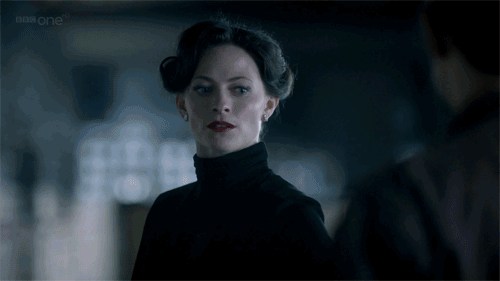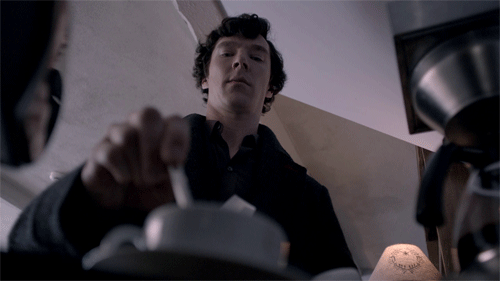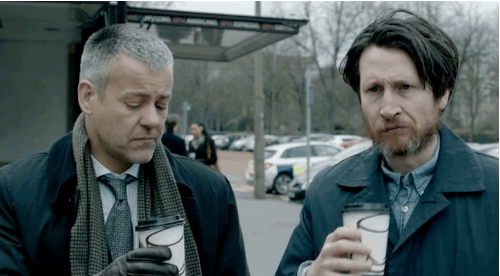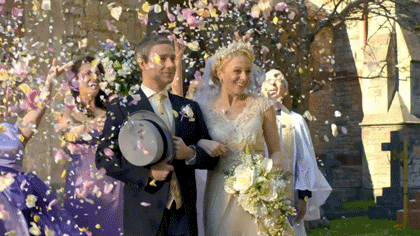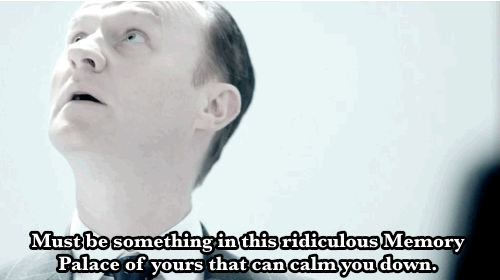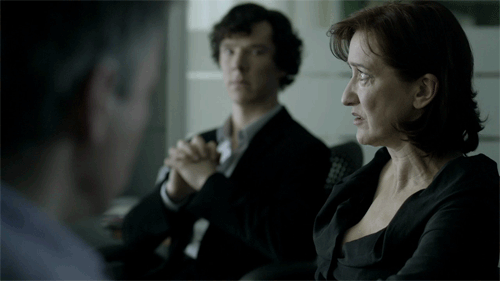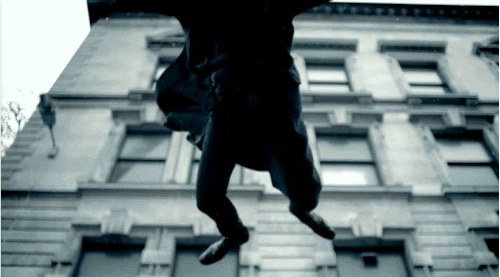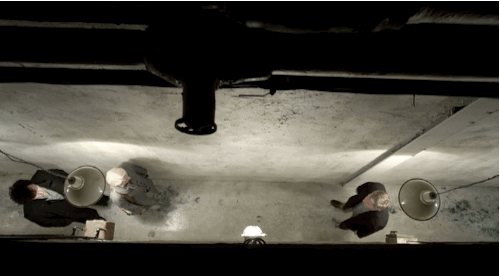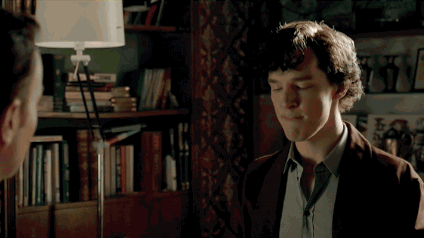CRANE SHOT
A shot where the camera is placed on a crane or jib and moved up or down. Think a vertical tracking shot. (x)
CROSS CUT
the editing technique of alternating, interweaving, or interspersing one narrative action (scene, sequence, or event) with another – usually in different locations or places, thus combining the two; this editing method suggests parallel action (that takes place simultaneously); often used to dramatically build tension and suspense in chase scenes, or to compare two different scenes; also known as inter-cutting or parallel editing. (x)
DUTCH TILT
A shot where the camera is tilted on its side to create a kooky angle. Often used to suggest disorientation. (x)
ESTABLISHING SHOT
The clue is in the name. A shot, at the head of the scene, that clearly shows the locale the action is set in. (x)
FADE
a transitional device consisting of a gradual change in the intensity of an image or sound, such as from a normally-lit scene to darkness (fade out, fade-to-black) or vice versa, from complete black to full exposure (fade in), or from silence to sound or vice versa; a ‘fade in’ is often at the beginning of a sequence, and a ‘fade out’ at the end of a sequence. (x)
LAP DISSOLVE
a transitional editing technique between two sequences, shots or scenes, in which the visible image of one shot or scene is gradually replaced, superimposed or blended (by an overlapping fade out or fade in and dissolve) with the image from another shot or scene; often used to suggest the passage of time and to transform one scene to the next; lap dissolve is shorthand for ‘over’lap dissolve (x)
LOW ANGLE
A shot looking up at a character or subject often making them look bigger in the frame. It can make everyone look heroic and/or dominant. (x)
Technical term for when a director cuts from one scene to a totally different one, but has objects in the two scenes “matched,” so that they occupy the same place in the shot’s frame. (x)
MONEY SHOT
A shot that is expensive to shoot, but deemed worth it for its potential to wow, startle and generate interest. In pornography, it means something completely different. (x)
OVER EXPOSED
refers to a film shot that has more light than normal, causing a blinding, washed-out, whitish, glaring effect; deliberately used for flashbacked or dream scenes; aka flared or bleached (x)

OVER THE SHOULDER SHOT
In film, a shot that gives us a character’s point of view but that includes part of that character’s shoulder or the side of the head in the shot. (x)
POINT OF VIEW (POV)
A shot that depicts the point of view of a character so that we see exactly what they see. (x) This is Redbeard’s POV on a Dutch tilt shot.
Watch how Lestrade, out of focus the entire scene, frames the action. Ms. Wenceslas is in focus as she talks to him. Meanwhile Sherlock, also out of focus, is deducing and rolling his eyes. When Ms. Wenceslas turns toward Sherlock he comes in focus, turns away from her, and she fades out. She tosses the focus to Sherlock like a tennis ball.
SLOW MOTION (SLO-MO)
refers to an effect resulting from running film through a camera at faster-than-normal speed (shooting faster than 24 frames per second), and then projecting it at standard speed; if a camera runs at 60 frames per second, and captures a one second-long event, a 24-frame playback will slow that event to two and a half seconds long;… this filmic technique is usually employed to fully capture a ‘moment in time’ or to produce a dramatic (or romantic feeling) (x)
…
We did [the slow motion shot of Cumberbatch] on a bungee 1000 fps on a Phantom camera. -Steve Lawes, Director of Photography (x)
STEADYCAM
a hand-held camera technique using a stabilizing Steadicam (introduced in the late 70s), developed by inventor Garrett Brown, with a special, mechanical harness that allows the camera operator to take relatively smooth and steady shots, though hand-held, while moving along with the action (x)
TOP SHOT
A shot looking directly down on a scene rather than at an angle. Also known as a Birds-Eye-View shot. (x)
TRACKING SHOT
In such a film shot, the camera is literally running on a track and thus smoothly following the action being represented or perhaps thus giving the viewer a survey of a particular setting. (x)
WIPE
a transitional technique or optical effect/device in which one shot appears to be “pushed off” or “wiped off” the screen by another shot replacing it and moving across the existing image (x)
And a bonus wipe!

Just another WordPress site

